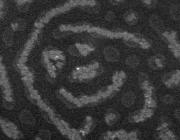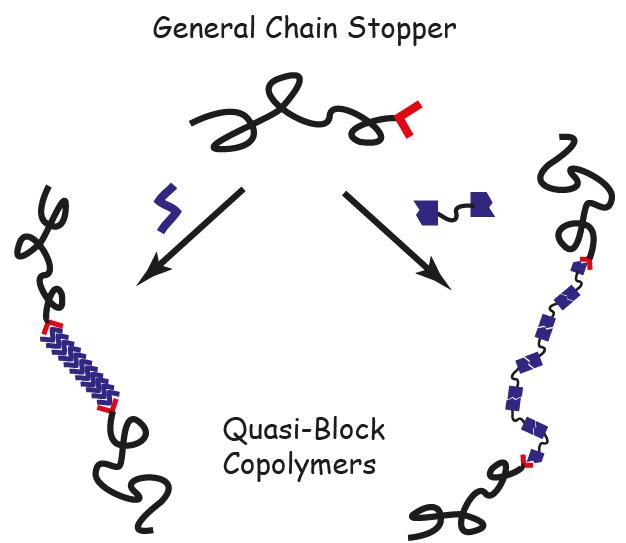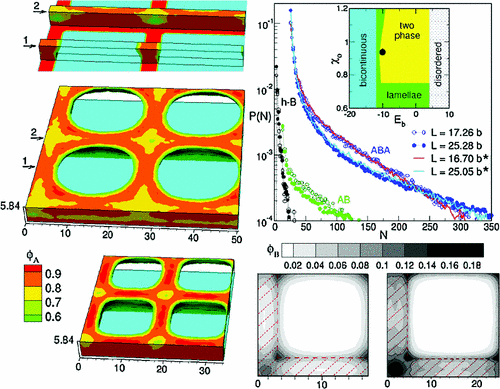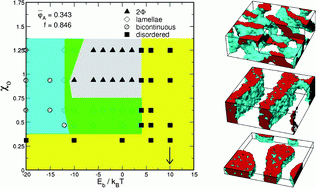Columbus, I. ; Eren, N. ; Elitsur, R. ; Davidovich-Pinhas, M. ; Shenhar, R. Branched Supramolecular Copolymers: Inducing Branching in Bisurea-Based Monomers Using Multi-Sulfonate Molecules.
Macromolecules 2022,
55, 472–487.
DOIAbstractSupramolecular polymers are based on noncovalent interactions, which impart unique properties such as dynamic behavior, concentration-dependent degree of polymerization, and environmental responsiveness. While linear supramolecular polymers are ubiquitous and have been extensively studied, branched polymers that are based exclusively on supramolecular interactions are much less abundant, and a fundamental understanding of their molecular-level structure is still lacking. We report on the preparation of branched, all-supramolecular polymers based on a combination of a bisureidotoluene building block [N,N′-2,4-bis((2-ethylhexyl)ureido)toluene (EHUT)], which is associated with four-point hydrogen bonding, and three anionic co-monomers featuring one, two, or three sulfonate groups. The co-monomers were designed to serve as a chain stopper, a bifunctional linear comonomer, and a branch point. Whereas combination of EHUT with the singly functionalized co-monomer led to linear supramolecular chains, diffusion and viscosity data indicate that branched supramolecular polymers were obtained when EHUT was combined not only with the triply functionalized molecules but also with the doubly functionalized molecules. Theoretical analysis based on an adaptation of Flory’s theory of branched polymers suggests that in both cases, the interaction of certain EHUT units
with the multiply functionalized co-monomers converted these EHUT units into branch points, which led to substantially reduced viscosities in these systems. The insights gained from this study enable tuning the properties of supramolecular polymers not only by
concentration and temperature but also by introducing appropriately designed molecular additives. This may lead to the development of sophisticated smart materials.






